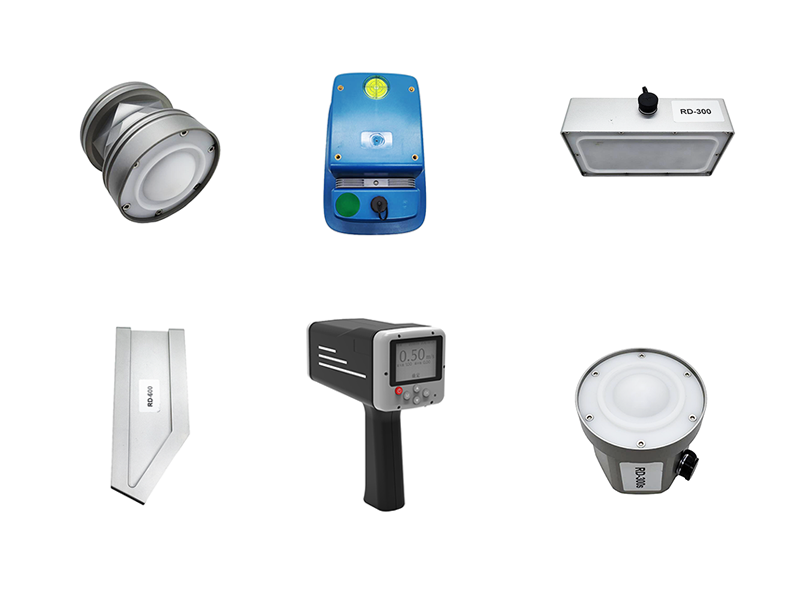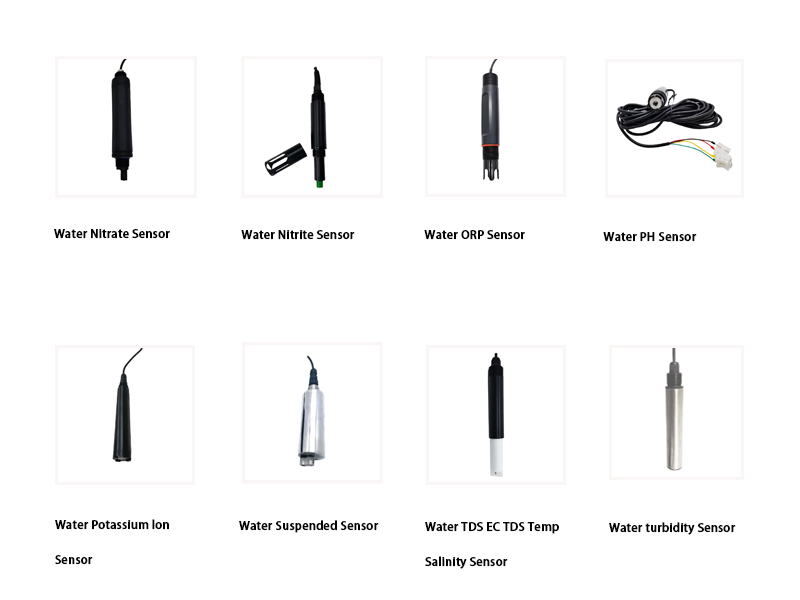Climate-driven changes in freshwater inputs have been shown to affect the structure and function of coastal ecosystems. We evaluated changes in the influence of river runoff on coastal systems of Northwestern Patagonia (NWP) over recent decades (1993–2021) by combined analysis of long-term streamflow time series, hydrological simulation, satellite-derived and reanalysis data on sea surface conditions (temperature, turbidity, and salinity). Significant decreases in minimum streamflow across a zone spanning six major river basins were evident at weekly, monthly, and seasonal scales. These changes have been most pronounced in mixed-regime northern basins (e.g., Puelo River) but appear to be progressing southward to rivers characterised by a nival regime. In the adjacent two-layer inner sea, reduced freshwater input corresponds with a shallower halocline and increased surface temperatures across northern Patagonia. Our results underscore the rapidly evolving influence of rivers on adjacent estuarine and coastal waters in NWP. We highlight the need for cross-ecosystem observation, forecasting, mitigation and adaptation strategies in a changing climate, together with corresponding adaptive basin management of systems that supply runoff to the coastal marine waters.
Rivers are the primary source of continental freshwater input to the oceans1. In semi-enclosed coastal systems, rivers are an essential driver of circulation processes2 and the bridge between terrestrial and marine ecosystems, transporting nutrients, organic matter, and sediments that supplement those from the coastal and open ocean3. Recent studies have reported alterations in the volume and timing of freshwater inputs to the coastal ocean4. Analyses of time series and hydrological models show different spatiotemporal patterns5, ranging, for example, from strong increases in freshwater discharges at high latitudes6—due to increased ice melt—to declining trends at mid-latitudes due to increased hydrological drought7. Regardless of the direction and magnitude of recently reported trends, climate change has been identified as a major driver of altered hydrological regimes8, while impacts on coastal waters and the ecosystems they support have yet to be fully assessed and understood9. Temporal changes in streamflow, influenced by climate change (changing precipitation patterns and rising temperatures) and anthropogenic pressures such as hydroelectric dams or reservoirs10,11, irrigation diversions, and land use changes12, pose a challenge to analysing trends in freshwater inputs13,14. For example, several studies have shown that areas with a high diversity of forests display greater ecosystem resilience during droughts than those dominated by forest plantations or agriculture15,16. At mid-latitudes, understanding future climate change impacts on the coastal ocean via disentangling the effects of climate change and local anthropogenic disturbances requires observations from reference systems with limited alteration so that changes in the hydrological regime can be separated from local human disturbances.
Western Patagonia (> 41°S on the Pacific coast of South America) emerges as one of these well-preserved regions, where ongoing research is essential to monitor and safeguard these ecosystems. In this region, free-flowing rivers interact with complex coastal geomorphology to shape one of the most extensive macro-estuaries in the world17,18. Due to their remoteness, Patagonia’s river basins remain remarkably undisturbed, with a high native forest cover19, low human population density, and in general free of dams, reservoirs, and irrigation infrastructure. The vulnerability of these coastal ecosystems to environmental changes depends mainly, by extension, on their interaction with freshwater sources. Freshwater inputs into the coastal waters of Northwestern Patagonia (NWP; 41–46 ºS), including direct precipitation and river runoff, interact with oceanic water masses, especially the high-salinity Subantarctic Water (SAAW). This, in turn, influences patterns of circulation, water renewal, and ventilation20 through the generation of strong salinity gradients, with a high degree of seasonal variation and spatial heterogeneity in the halocline21. The interaction between these two water sources also influences the composition of planktonic communities22, affects light attenuation23, and leads to a dilution of Nitrogen and Phosphorus concentrations in the SAAW24 and enhanced orthosilicate supply in the surface layer25,26. Moreover, the freshwater input results in a strong vertical gradient of dissolved oxygen (DO) in these estuarine waters, with the upper layer generally showing high DO concentration (6–8 mL L−1)27.
The relatively limited intervention characterising Patagonia’s continental basins contrasts with the intensive use of the coastline, especially by the aquaculture industry, a key economic sector in Chile. Currently ranked among the world’s top aquaculture producers, Chile is the second-largest exporter of salmon and trout, and the largest exporter of mussels28. Salmon and mussel farming, which currently occupies ca. 2300 concession sites with a total area of ca. 24,000 ha in the region, generates significant economic value in southern Chile29. This development is not without environmental impacts, especially in the case of salmon farming, an activity that contributes with exogenous nutrients to these ecosystems30. It has also been shown to be highly vulnerable to climate-related changes31,32.
In recent decades, studies carried out in NWP have reported a decline in freshwater inputs33 and projected a decrease in streamflow during summer and autumn34, as well as prolongation of hydrological droughts35. These changes in freshwater inputs influence immediate environmental parameters and have cascading effects on broader ecosystem dynamics. For example, extreme conditions in coastal surface water during summer-autumn droughts have become more frequent, and, in some cases, have impacted the aquaculture industry through hypoxia36, increased parasitism, and harmful algal blooms32,37,38 (HABs).
In recent decades, studies carried out in NWP have reported a decline in freshwater inputs33 and projected a decrease in streamflow during summer and autumn34, as well as prolongation of hydrological droughts35. These changes in freshwater inputs influence immediate environmental parameters and have cascading effects on broader ecosystem dynamics. For example, extreme conditions in coastal surface water during summer-autumn droughts have become more frequent, and, in some cases, have impacted the aquaculture industry through hypoxia36, increased parasitism, and harmful algal blooms32,37,38 (HABs).
Current knowledge on the decline in freshwater inputs across NWP is based on the analysis of hydrological metrics39, which describe the statistical or dynamical properties of hydrologic data series derived from a limited number of long-term records and minimal spatial coverage. As for the corresponding hydrographic conditions in the estuarine waters of NWP or the adjacent coastal ocean, there are no available long-term in-situ records. Given the vulnerability of coastal socio-economic activities to climate change impacts, adopting a comprehensive land-sea interface approach to management and adaptation to climate change is imperative40. To address this challenge, we have integrated hydrological modelling (1990–2020) with satellite-derived and reanalysis data on sea surface conditions (1993–2020). This approach has two main goals: (1) to assess historical trends in hydrological metrics at a regional scale and (2) to examine the implications of these changes for the adjacent coastal system, particularly regarding sea surface salinity, temperature, and turbidity.
We can provide different types of smart sensors to monitor hydrology and water quality, welcome to consult.
Post time: Sep-18-2024



